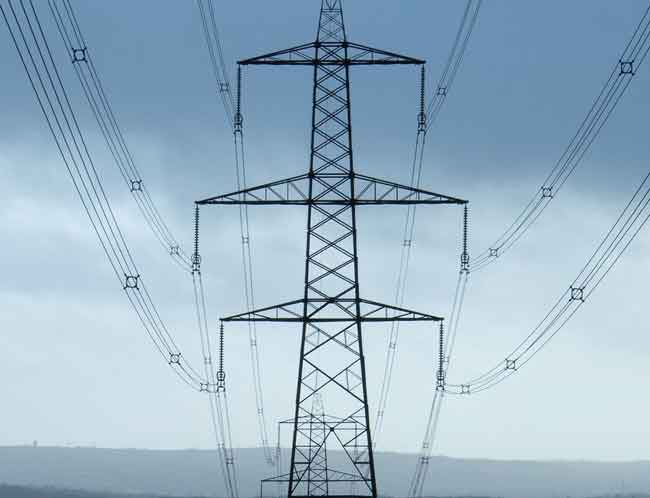Algonquin Power & Utilities Corp. Completes Acquisition of The Empire District Electric Company
NFPA 70e Training - Arc Flash
Our customized live online or in‑person group training can be delivered to your staff at your location.

- Live Online
- 6 hours Instructor-led
- Group Training Available
Algonquin Power & Utilities Empire acquisition expands Liberty Utilities' regulated footprint in U.S., adds Empire District Electric, increases 2,500 MW capacity, boosts dividend growth prospects, and delivers accretive cash flows in a Cdn$3.2 billion merger.
Key Points
A Cdn$3.2 billion Liberty Utilities deal to acquire Empire District Electric, expanding U.S. regulated operations.
✅ Purchase price Cdn$3.2B incl. US$0.8B debt; US$34 per share
✅ Empire delisted from NYSE; now a Liberty Utilities subsidiary
✅ Deal adds scale, 2,500 MW capacity, supports 10% dividend growth
Algonquin Power & Utilities Corp. announced today that a subsidiary of Liberty Utilities Co. ("Liberty Utilities"), APUC's wholly-owned regulated utility business, successfully completed its acquisition of The Empire District Electric Company ("Empire"), amid the Hydro One-Avista backlash around U.S. utility takeovers, for an aggregate purchase price of approximately Cdn$3.2 billion (the "Transaction"). Empire is now a wholly-owned subsidiary of Liberty Utilities and will cease to be a publicly-held corporation.
With the closing of the Transaction, APUC has materially expanded its utility operations in the United States. APUC, through its 2,200 employees, now serves over 782,000 electric, gas, and water customers within its regulated utility business, and APUC's portfolio of power generating facilities now contains both regulated and non-regulated power facilities, as peers such as Duke Energy's renewables push indicate across the sector, with a total capacity of over 2,500 MW.
"Empire is highly complementary to the scope of our current operations, brings valuable scale to our existing utility business, and adds further support to our annual dividend growth target of 10% through significant accretion to per share cash flows and earnings," said Ian Robertson, Chief Executive Officer of APUC. "The APUC and Empire teams have worked diligently to successfully bring our companies together, and we are excited about the many opportunities that our newly expanded platform brings to our growth prospects in North America, where outcomes like the CPUC ruling favoring community energy are reshaping markets."
As previously announced, and in a landscape where Hydro One-Avista deal rejected highlighted regulatory risk, Empire's shareholders will receive US$34.00 per common share which, including the assumption of approximately US$0.8 billion of debt at closing, represents an aggregate purchase price of approximately US$2.3 billion (Cdn$3.2 billion).
As a result of the closing, Empire's common stock is being delisted from the New York Stock Exchange. Empire shareholders will be provided with instructions on how to receive the merger consideration for their shares by Wells Fargo, in its capacity as paying agent for the transaction, even as proceedings like El Paso Electric's 2017 Texas rate case continue to draw attention.
APUC will issue shortly a final instalment notice (the "Final Instalment Notice") notifying holders of its 5% convertible unsecured subordinated debentures ("Debentures") represented by instalment receipts of the date for payment of the final instalment (the "Final Instalment Date"), which shall not be less than 15 days nor more than 90 days following the date of such notice in accordance with the terms of the instalment receipts. Additional details will be set out in the Final Instalment Notice regarding, among other things, the right of holders of Debentures who have paid the final instalment to receive a make-whole payment and to convert their Debentures into APUC common shares.








_1557567480.webp)


